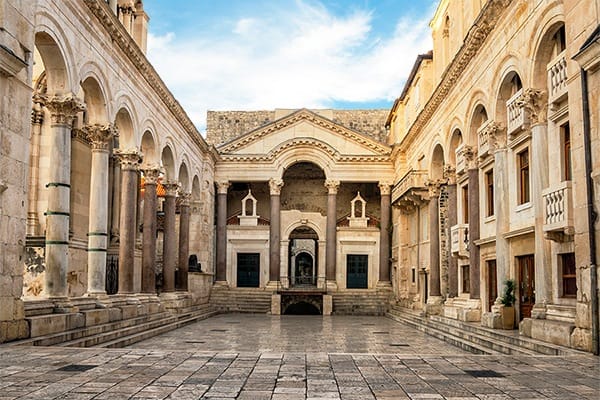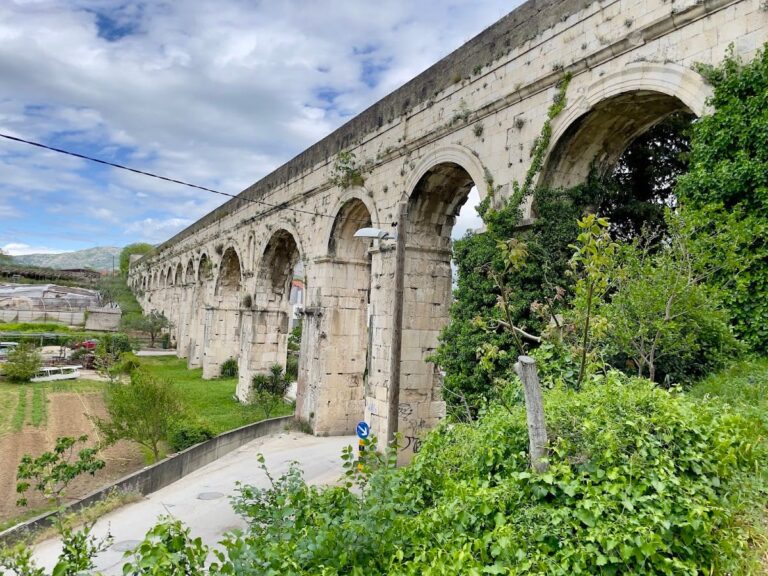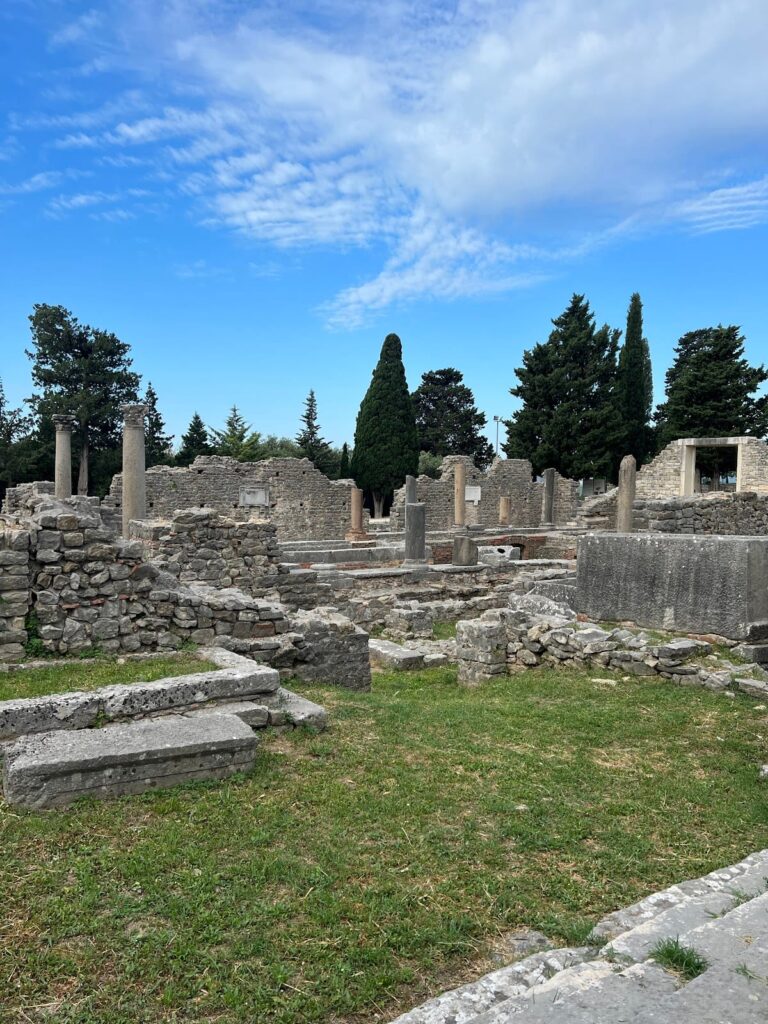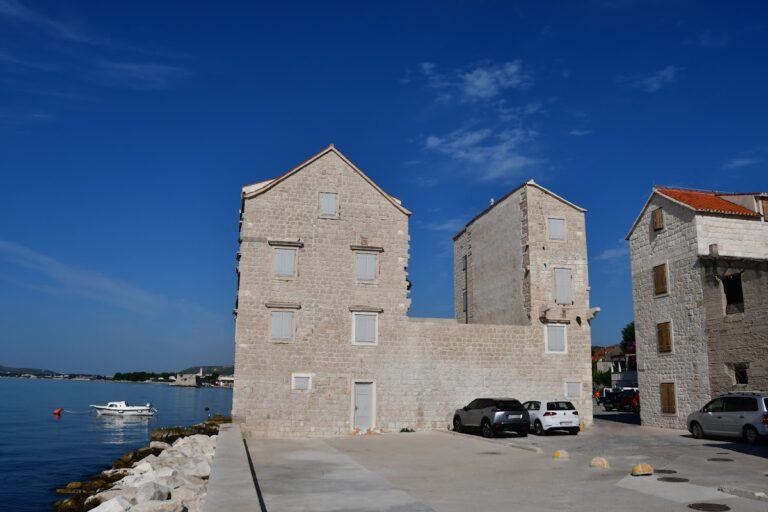Archaeological Museum in Split: Preserving Roman and Dalmatian Heritage
Visitor Information
Google Rating: 4.3
Popularity: Low
Google Maps: View on Google Maps
Official Website: armus.hr
Country: Croatia
Civilization: Byzantine, Roman
Remains: Museum
History
The Archaeological Museum in Split is located at Ul. Zrinsko Frankopanska 25 in Split, Croatia. The city of Split itself grew around the remains of Diocletian’s Palace, a Roman imperial residence built in the early 4th century CE. The museum’s origins are closely tied to the admiration of these Roman monuments and the nearby ancient city of Salona, once the capital of the Roman province of Dalmatia.
The museum was founded on August 22, 1820, following Emperor Francis I’s visit to Split in 1818. During this visit, the emperor was impressed by the ruins of Diocletian’s Palace and the Roman remains in Salona. His antiquarian, Anton Steinbüchel, documented the journey and referred to Salona as the “Austrian Pompeii,” which inspired the establishment of a museum to preserve and study these antiquities.
The museum’s collections expanded through archaeological excavations, purchases, and donations. Excavations began in 1821 and focused on Roman-era sites such as Salona, Narona, and Issa, as well as prehistoric locations and medieval churches.
Over time, the museum broadened its scope to include underwater archaeology and established branch collections, including an independent museum on the island of Vid, opened in 2007.
The museum also developed a large library starting in 1845, which now holds about 60,000 volumes, including rare books, incunabula (books printed before 1501), and archival materials from prominent scholars. Since 1878, the museum has published journals and monographs, contributing to the study of Dalmatian archaeology and history.
From 1959 onward, the museum organized international congresses on Early Christian Archaeology and hosted exhibitions to engage the public. It collaborated closely with the Provincial Conservation Office of Dalmatia and the Bihać Historical Research Society, both of which were based in the museum until 1945.
Remains
Due to the extensive volume of artifacts, especially large stone monuments, the museum’s collections are spread across multiple departments and warehouses. This distribution reflects ongoing challenges in storage and exhibition space.
The museum’s library, established in 1845, holds approximately 60,000 volumes. Among these are eight incunabula and around 170 books from the 16th century, as well as proclamations, old maps, and prints. The library also preserves archival collections from notable scholars and donors.










